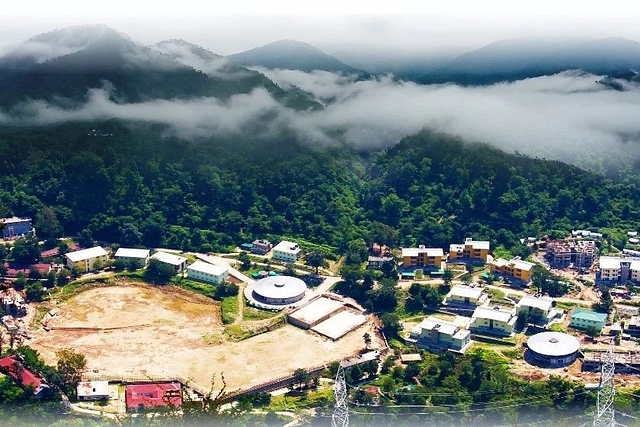
Amid Covid-19 Pandemic, IIT Mandi Researchers Develop Two Low Cost Portable Ventilators
The Indian Institute of Technology Mandi (IIT Mandi) on Thursday (28 May) said its researchers have developed two low-cost portable ventilators.
The developed prototypes are easy to use and can be taken to remote locations in case of a medical emergency. Priced at around Rs 4,000, the smart ventilator prototype is a mechanised Artificial Manual Breathing Unit (AMBU) bag with options to control breath rate and volume of air going into the patient's lungs.
The unique feature of the developed product is, apart from manual operation, it can be controlled by a mobile application over wifi as well.
For the same, the smartphone application, ''IIT Mandi Ventilator'' has been developed by the research team. This mobile application can start-stop the ventilator and change the Breath/ Minute (BPM) rate. The designed prototype uses a slider-crank mechanism to pump air and is easy to manufacture, assemble, and operate.
"Designed especially for COVID-19 pandemic, this low-cost ventilator can be operated manually as well as using a smartphone app connected over Wifi," Dr Apran Gupta, Associate Professor, School of Engineering, IIT Mandi said in a statement.
"It can offer some protection to our medical staff, who can operate the ventilator remotely," Gupta added.
According to the Institute, there is also an emergency switch on the ventilator and the mobile application that stops the ventilator and alarms in case of any malfunction.
The ventilator can be directly operated with an AC supply or from an external battery. The present ventilator is for non-critical patients who need some help in respiration.
The research team has also developed a mechanical ventilator by using a low-cost self-inflating bag operated by an electric motor costing under Rs 25,000. They used the motor generally used in an electric ventilator along with the Artificial Manual Breathing Unit (AMBU) bag or self-inflation bag to achieve the goal.
In this ventilator, a single rack and pinion mechanism has been used in which the self-inflatable bag is compressed from one side that would blow the oxygen into the patient's lungs either through invasive or noninvasive mode.
The developed ventilator has an interface between the ventilator to the patient and the ventilator to the operator, the Insititute said.
(This story has been published from a wire agency feed without modifications to the text. Only the headline has been changed.)